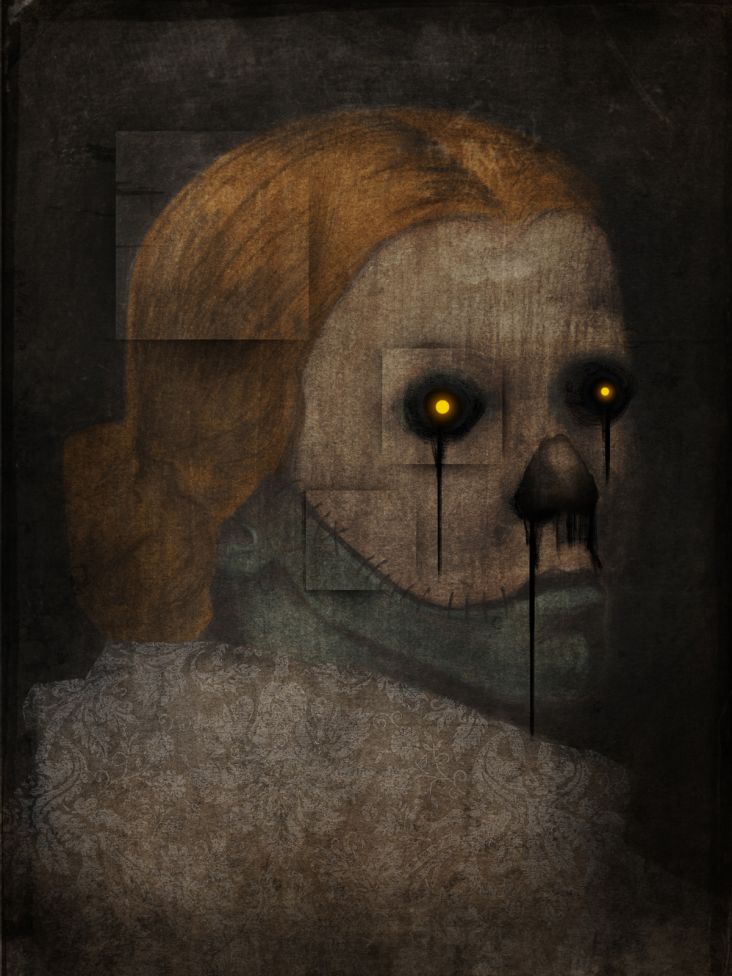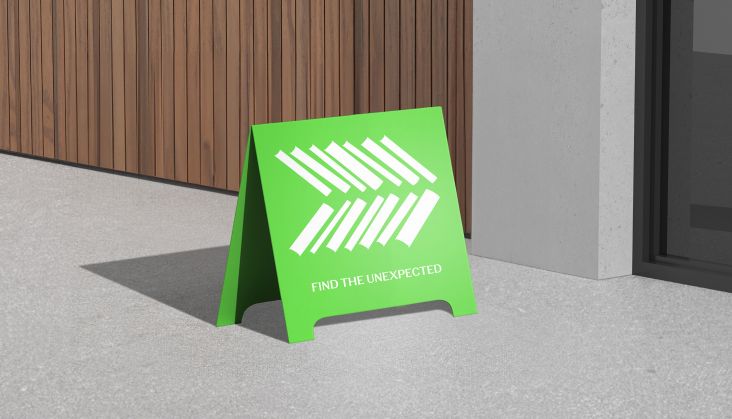How to stand out as a freelance illustrator in 2023
With so much talent out there, how do you get noticed as a freelance illustrator? We explore six of the best tried-and-tested strategies.

Image licensed via Adobe Stock
Illustration is a great way to make a living that can be both creatively fulfilling and well compensated. And working as a freelancer means that you can, to a degree, work when you want, how you want, and where you want.
But first, you need to attract freelance clients. And that means not only being a skilled artist but also making your mark as an unmistakable, sought-after illustrator. Because with so much talent out there right now, you can't simply rely on clients coming to you and offering you money. In other words, standing out in this competitive field isn't just an ambition; it's a necessity to survive and thrive.
In this article, we'll explore the art of distinction as a freelance illustrator, delving into six crucial strategies that can elevate your career to new heights and getting input from freelance illustrators who've managed to use them effectively.
1. Develop a recognisable style
One common way that you can stand out from the crowd as a freelance illustrator is by developing a unique style that's recognisably you.
We can all think of artists whose work is easy to identify, even without checking the credits. And if you can pull that off, and clients like that style, they'll have no choice but to come to you. So this won't just help you attract work; it'll also help you negotiate on payment because clients will be less able to play you off against rivals.
Struggling to find your distinct style? Then, one place to start is to study a wide range of historical and contemporary art styles. Analyse the work of artists you admire and try to identify what makes their style unique. That can help give you an idea about which direction to go in yourself.
Next, start to experiment with different techniques, media and subject matter. This is a crucial step in finding your own voice as an illustrator. Don't limit yourself or try to create work you think people will like: focus on what you like, and be as brave and adventurous as possible. Incorporate elements from your own life and passions into your work to give it that personal and unique feel that others won't be able to match.
Once you've developed a unique style that people like (and bear in mind this can take years of trial and error), double down on it. This means maintaining a certain level of consistency in your choice of colours, composition and techniques across your work so people can easily recognise it as yours.
2. Demonstrate your adaptability
Having a consistent, recognisable style is only one way to stand out as an illustrator. Another is the exact opposite: being as adaptable and flexible as possible. That way, clients know that whatever illustration style they need for a certain project, you'll be able to deliver.
This approach has helped artist, illustrator and designer Mark Leary carve out a successful freelance career. "For me, standing out against others has been down to not being limited by one defining style but being more of a creative chameleon," he explains. "Someone who can fit a visual style to the right narrative. That and being friendly, easy to work with and open to new ideas."
So which of these two extremes should you go for – being consistently unique or being adaptable and flexible? Well, that's going to vary from person to person. If you get bored easily and like to mix things up in the way you create illustrations, then the latter approach is probably going to suit you best. If you find it difficult to move away from one style, though, and have a clear vision about how you'd like your art to look, then the former will be a better bet.
Either way, once you've decided the direction you're going in, stick to it, and make it clear to potential clients which approach you are taking... because they're not mind-readers and will need to be told!
3. Put yourself in front of people
When we think of standing out as an illustrator, we ideally think that if we create the right work, people will rush to commission us. (To adapt the famous quote from the movie Field of Dreams: 'If you draw it, they will come.') But that doesn't always happen. So often, you'll get much better results by looking for potential clients and going straight to them.
"I'm constantly posting my website link on social media in response to people looking for illustrators," says book illustrator and author Garry Vaux. "I might not be what they're looking for, but someone else might see it."
This approach can be very fruitful because the number of people who need a freelance illustrator but don't know where to look is actually huge. "Knowing that there is so much work out there really helps," says live event illustrator Katie Chappell. "There are loads of illustrators, yes. But there is even more work. Being yourself means you're more likely to get the jobs that feel great to work on and the clients who are a joy to work with."
4. Share your skills and knowledge
Another way to put yourself in front of people is to share your skills and knowledge with fellow illustrators. Potential clients will pick up on this, figuring: "If other artists are following their advice, they must be pretty good, right?"
There are countless ways to share your skills and knowledge. Start a blog. Launch a channel on YouTube or Twitch. Offer a course on a platform such as Skillshare. Take part in a drawing challenge. Give talks or workshops. But however you do it, make sure you create regular content and info that people will want to learn from to keep your name out there.
Also, your lessons needn't be about drawing or painting itself. Fellow illustrators will be equally keen to hear advice on things like doing your accounts or other business skills.
5. Start a side project
A third way to get your name and work out there is to start a side project. That might mean crafting personal illustrations or artworks purely for self-expression or enjoyment. Alternatively, you could create your own webcomic or graphic novels, developing characters and stories that resonate with you personally.
That last bit's super-important because a project that stands out for its originality or a fresh take on a common theme is one that's most likely to capture people's attention. Again, your side project doesn't actually have to be an illustration project; it could be a podcast, say. For inspiration, take a look at Creative Pep Talk by Andy J Pizza, Good Ship Illustration or check out our list of the best creative podcasts.
6. Know yourself
Ultimately, all this starts with really knowing yourself. Because if you don't know, no one else will, and if you copy others, you'll not be playing into your strengths.
Freelance illustrators who try to copy what is popular and in demand end up being in direct competition with too many other illustrators doing the same thing. So don't try to be something you're not. Instead, focus on what makes you unique, and you'll be on the right course.
As doodle artist Amy, aka inkypix4u, says: "For me, it's all about leaning into my wonky lines and embracing what makes me different. The more I do it, the better results I get and the more jobs come my way that feel like my cup of tea."
Katie Chappell agrees. "Standing out means basking in your weirdness and getting really comfy with who you are," she believes. "Communicating the value I can bring has made a huge difference to my creative career. That, and stubbornly ignoring trends."
And illustrator and designer Lizzy Doe takes a similar line. "I try to always be true to my own style and not get too worried about trends or compare myself to other illustrators," she says. "Sometimes the things you feel are a bit odd or wonky about your own work are points of uniqueness that set you apart."









](https://www.creativeboom.com/upload/articles/86/862919952c0ad18439004228895a431dc6e45ffc_732.jpg)












